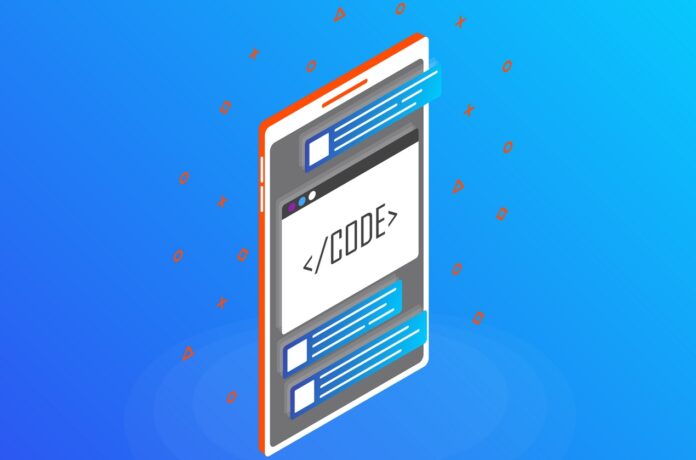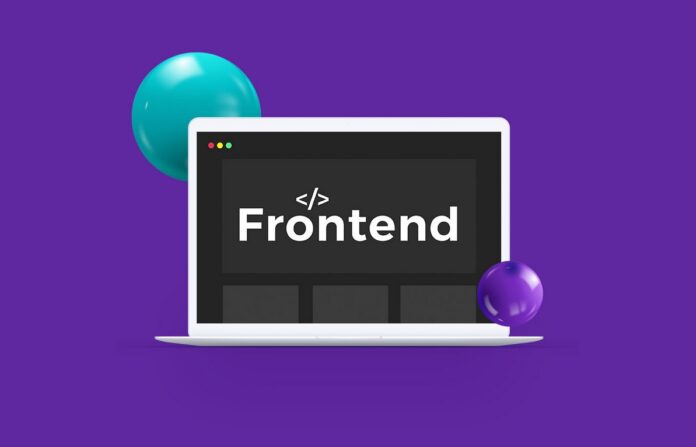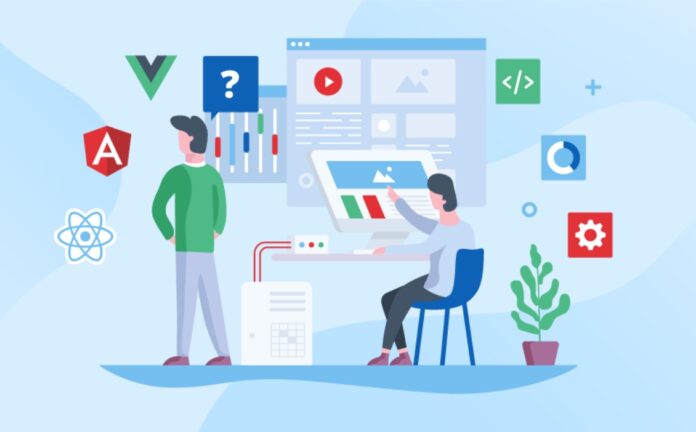The whole of the user interface and user interaction elements are handled by front-end or client-side programming. They set the direction for overall web development since they decide how any online program will appear and feel.
If you’re not keeping up with the latest trends, it’s hard to know what changes are coming and how they’ll affect you. We commonly see cutting-edge front-end development trends because of this as well. Are you already considering the newest front-end trends for the present and the following year? To help you remain on top of the new front-end development trends, we’ve explained a few of these trends below. These are some of our favorites.
The Top Frontend Technologies
Front-end technology trends are always evolving, and by 2022, some of these developments will already be making waves. But this year, we anticipate them to become more well-established and widely used, particularly now that front end development company are available to assist with integrating the most recent technology.

Put Hydration First
Few things may be as frustrating as a website or smartphone application that runs slowly or seems to be loading but is stalled. As the website loads for the first time, this may occur in many frameworks due to a process known as hydration. We can see the page since the first HTML content has already been produced on the server, but we are unable to interact with it because the event handlers haven’t yet been connected to the DOM nodes. For that to happen, the JavaScript framework on the client has to be restarted.
The word “hydration” is used to describe the process of getting water into your body. In addition to being essential for survival, proper hydration is also important for maintaining healthy skin and hair, a functioning digestive system, and optimal brain function.
This will restore the app’s state and create its internal data structure. As the app is effectively created twice, on the server and the client, hydration becomes a problem when there is a lot of JS to load and process before the app can be made useable. There have been several methods for addressing the hydration issue, including server rendering, single-page applications, and lazy-loading JavaScript (in chunks rather than the whole bundle at once, triggered by interaction), but each has its drawbacks.
WebAssembly
Performance is the first consideration that cannot be overlooked while creating a web application. Today, JavaScript’s restrictions slow down complex computations. The user experience is dramatically worsened as a result.
This is one of the key factors contributing to WebAssembly’s increasing use. With the use of this technology, bytecode that runs in a browser may be created from code written in any programming language.
An open standard called WebAssembly provides a textual assembly language and a portable binary-code format for executable applications, as well as interfaces to make it easier for these programs to communicate with their host environment.
WASM works by compiling C++ into bytecode which can then be executed in any browser with just one line of code using JavaScript as an interpreter. This means you don’t have any extra steps involved when developing your app; all you need is an HTML file plus some CSS/JS files if you want them included with your application too (which most people usually do).
Single-Page Programs
Users demand websites to load as quickly as possible as global internet speeds increase. Single-page applications (SPAs) decrease both the frequency of page reloads needed to operate web apps as well as the amount of time it takes for web pages to load.
Angular.JS, React, and Vue is just a few examples of single-page application frameworks that have grown in popularity in recent years, according to the Stack Overflow 2022 Developer Survey. React.js came very close to first place for the most widely used web frameworks among developers in each of these studies. Given React is one of the main ways developers approach constructing SPAs, this not only demonstrates a trend supporting React’s position but also the development of SPAs.
SPAs also have some distinct advantages over traditional web design:
- They’re more responsive, which is important for SEO.
- They work better on mobile devices because there’s no need to load multiple pages or make a server request every time you want to see something new–the whole app is loaded into memory at once. This makes it much faster than traditional websites or apps made with multi-page architectures!
Renaissance Of Databases
Databases also enjoy a rebirth with the introduction of serverless computing (at the edge). Developers rapidly encountered the issue of setting up too many database connections when using a serverless function since there are several serverless functions with 1:1 connections to databases rather than a single server that maintains one connection. The answer to this issue has been connection pooling, however, one must either handle it themselves or use a third-party service.
PlanetScale (MySQL) and Xata (PostgreSQL) are well-known competitors in the serverless database market. These products provide a variety of capabilities such as database branching, schema diffing, and robust searching/analytics/insights. Edge caching or distributed read-only databases are offered by serverless providers worldwide to provide data closer to customers for reduced latency.
Conclusion
The front-end trends we listed above all represent the most pronounced and forward-thinking ones. There is little question that several other front-end development trends merit equal consideration. Combined, these patterns indicate improved online user interactions in the future.
Understanding these front-end development trends and incorporating the finest ones into your web app project will allow you to effectively demonstrate the value propositions of your clients. Front-end development will remain at the forefront of innovations, buzzes, and expectations as long as the web exists.
As more companies adopt progressive web apps (PWAs) and more people begin to use them, we will learn how to best leverage those experiences. We’ll also see an increase in PWAs and other types of applications that are optimized for mobile devices–and they’ll be even more powerful than they are today because they can access native device functionality like Bluetooth Low Energy (BLE) or Near-Field Communication (NFC)






![Calgary’s Hottest Neighborhoods for Luxury Homebuyers [2024]](https://thewashingtonote.com/wp-content/uploads/2024/04/Calgary-324x160.png)



